|
I'm starting a series of glimpses inside my sketchbook. Transitioning from Facebook to my own domain.
0 Comments
What are the steps leading to a finished pet portrait?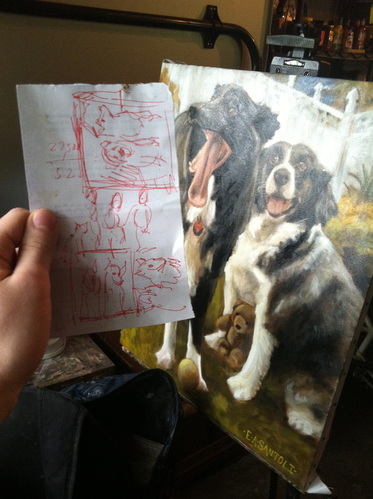 -Initial sketches from imagination are transformed into a final image through many steps- -Initial sketches from imagination are transformed into a final image through many steps- We all know that pets don't sit for long periods of time while you casually paint them. Even humans don't sit comfortable for long periods of time. So how do you capture the portrait of an animal on the canvas? The answer to that question will be explored in the following steps. Step 1: Work From Your Imagination! The process begins inside your head, in your imagination. Start sketching small croquis of animals to get the rough idea. This is sometimes difficult because your sketches may look bad, but don't worry about that. Your imagination will always create a better composition than to simply begin drawing from photographs. Sketch until you feel that you have put your figures into every position possible, but don't worry about detail. 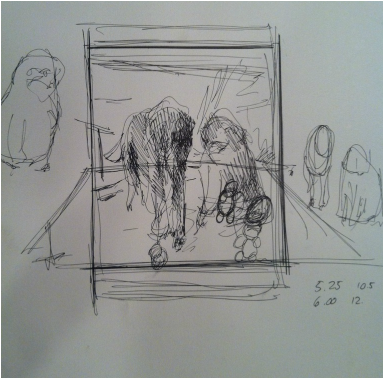 -Do not worry about detail at this stage- -Do not worry about detail at this stage- Step 2: Finalize Your Composition Rough. Before you meet the subject in real life, but after you have drawn your croquis, draw a more finished composition. It doesn't have to be anything fancy, but it should capture the elements of the painting before you begin to photograph the animals and draw from life. Xerox a couple of these and make changes on them to see if a different composition would work better. 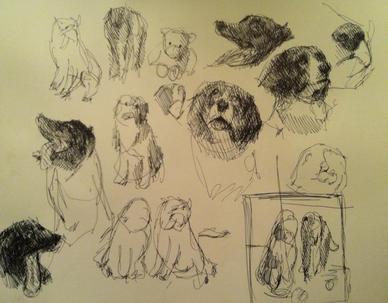 -Sketches from life help to keep the vitality in the work- -Sketches from life help to keep the vitality in the work- Step 3: Familiarize Yourself With Your Subject. You can see by the drawings on the left, that I begin by sketching the dogs to get a sense of their personality. I immediately discovered that one of the dogs was more calm and docile than the other dog, so I began to contemplate compositions based on this. Sketch in ink or dark pencil and work quickly. Do a ton of these little drawings; The first ones may be terrible, but continue until you fall into a rhythm. 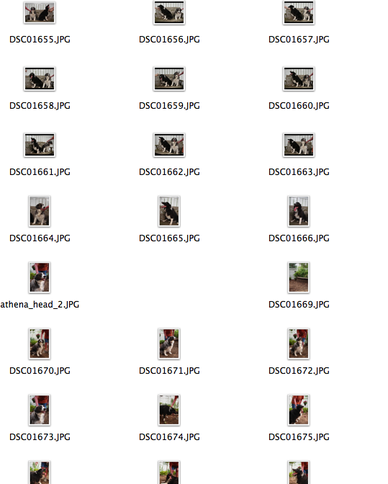 Step 4: Take Lots of Photographs. Once you have drawn from life and feel comfortable with the expression of the dogs, arrange a time to photograph the dogs. Take lots of high quality photos in a number of poses, but keep in mind your initial sketches and don't feel like you have to cater to the camera. The camera is a tool to capture the poses, but be wary of the color. Make notes about the color in your mind as you watch the dogs. Bring along some watercolors to capture the color if you don't feel comfortable remembering the exact color. 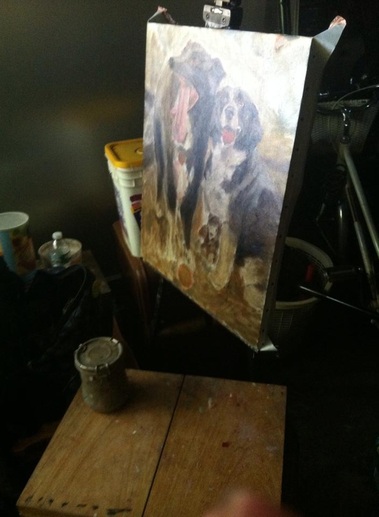 Step 5: Begin Painting Loosely. Once you have familiarized yourself with your subject, and you feel confident in the expressions of the dogs, turn your attention to the canvas. Sometimes I draw a charcoal outline on the canvas, which is what I did for this commission. Everyone has their own preference for beginning a painting. I personally tend to work too lightly so I start with a slightly darker underpainting in order to leave room to go lighter on the fur. The real difficulty is in figuring out the composition and in this commission, the patrons wanted certain items in the painting and the dogs in a certain way. They wanted the dog on the left to have his tongue out and a tennis ball at his feet. While the more docile dog had a toy teddy bear that she was fond of. Do whatever it takes to please your patron, while following your artistic vision--it's not always an easy balance. 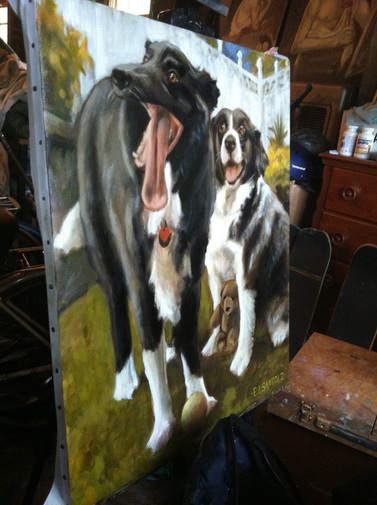 Step 6: Finish the Painting Of course, this is easier said than done, but the main idea of these steps is the act of painting is made easier by having a series of steps leading to a final image. Trying to finish a painting all at once is like trying to write a novel without making drafts. Some of your ideas don't work and it's better to find that out beforehand than to figure it out on the canvas. Learning to paint is merely practice, but as you can see, some of the steps can be learnt. Break it down into steps and allow your imagination space to roam as you begin your own pet portraits.
 Boldness has power. And I fear that I fell into a trap of analysis paralysis through my study of technique that cut away from my boldness. But here's the difficulty that I have with it: I do believe that having those techniques in my toolbox helps immensely, but at what point does it become a hinderance? Well, I believe that it's starting to hinder me, even at my young age. The picture to the left was taken in my studio garage that I've been painting in since graduation. I just went through some of my old paintings and found these two fairly large paintings. The painting on the left is a Caravaggio mastercopy that I did about 6 years ago and the one on the right is a self portrait from maybe 5 years ago. I pulled these paintings out and was dismayed to find that they have some real power to them. I didn't care about any specific technique or anything. I just wanted to paint a large self portrait in a classical attire and to do a caravaggio mastercopy. What frightened me about it was that I may have lost something. But I know that if I did it once, I can do it a thousand times. But that's what brings me to a conclusion "Technique Breeds Fear" technique by itself is perfectly good to learn, but when techniques mix, you tend to lose yourself and become fearful. And I think that's because technique is limitation. It is a fence that needs to be broken before it closes in on you. Be yourselves and paint earnestly. |
Archives
July 2024
Categories
All
|

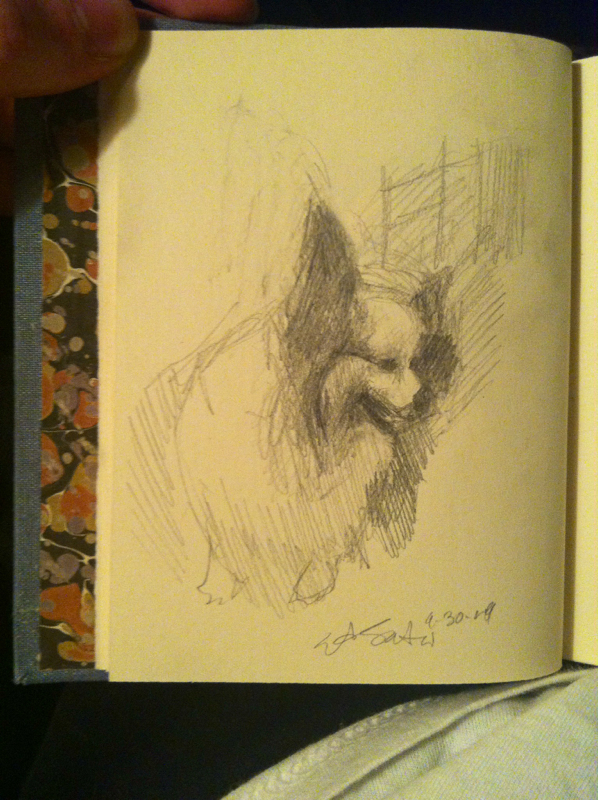
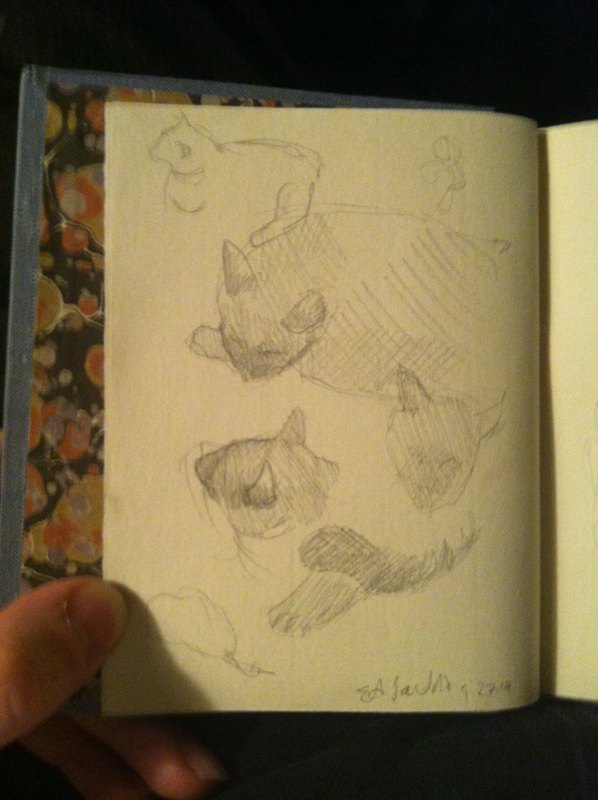
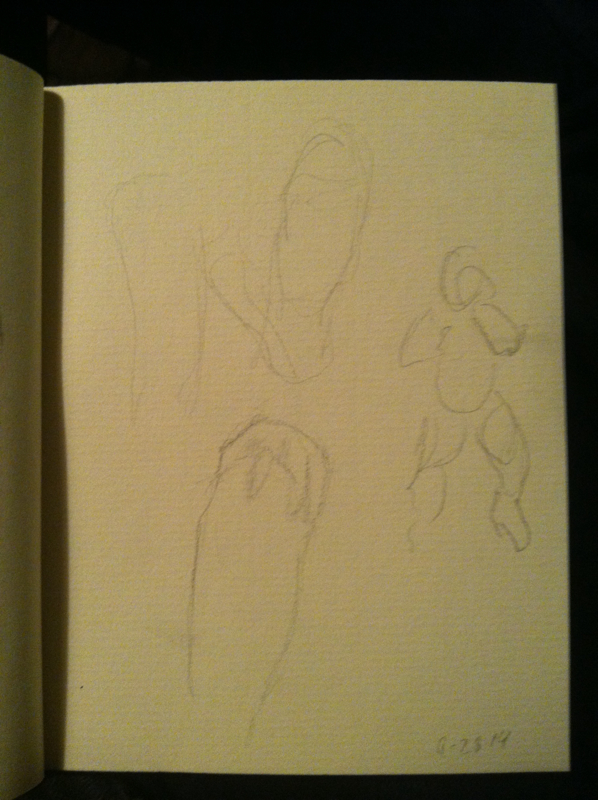
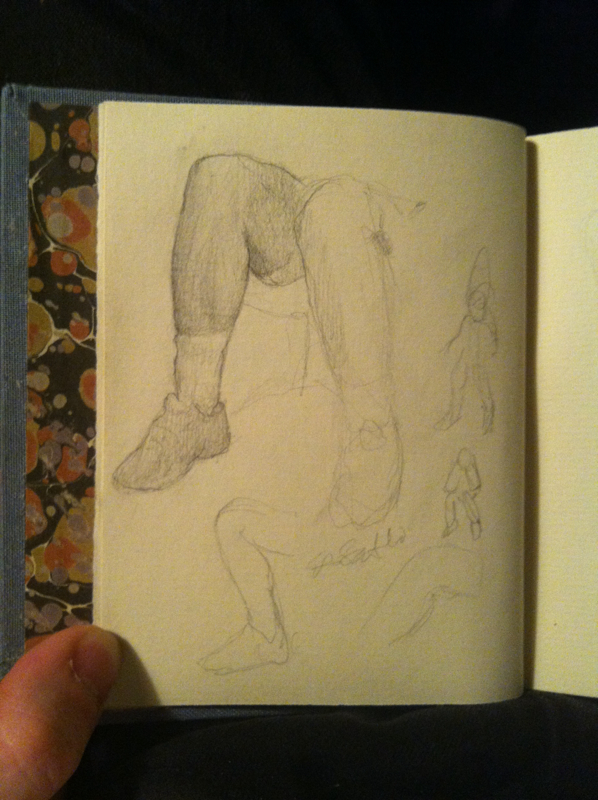
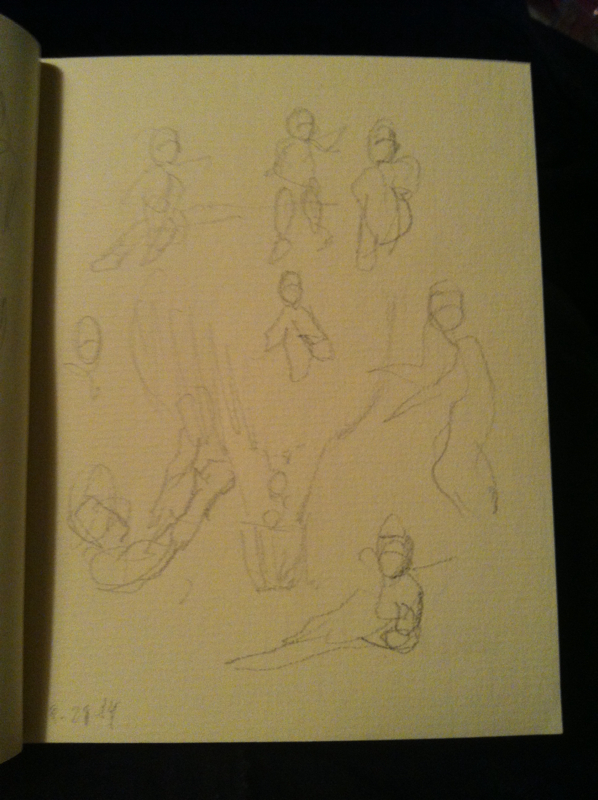
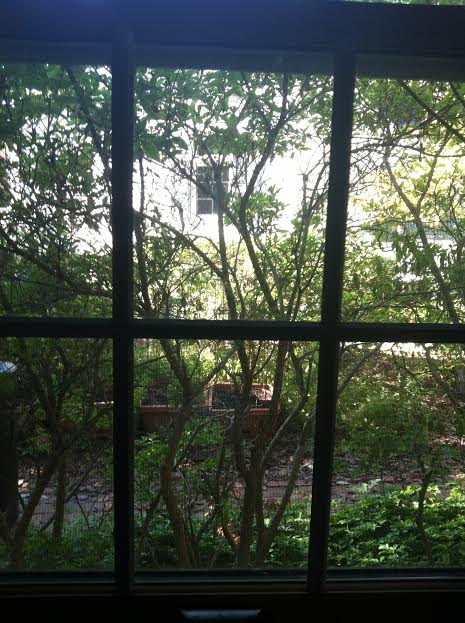
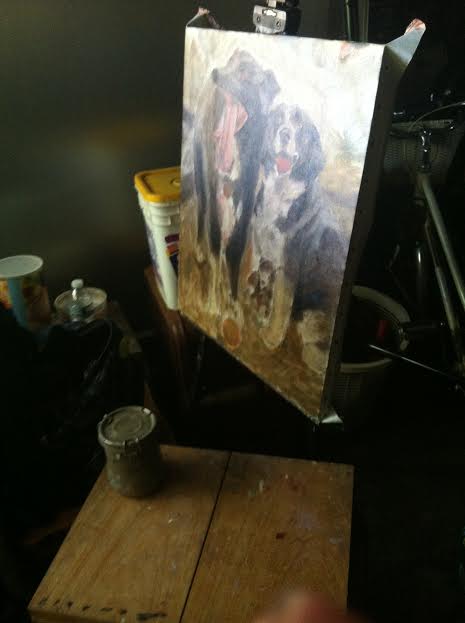
 RSS Feed
RSS Feed